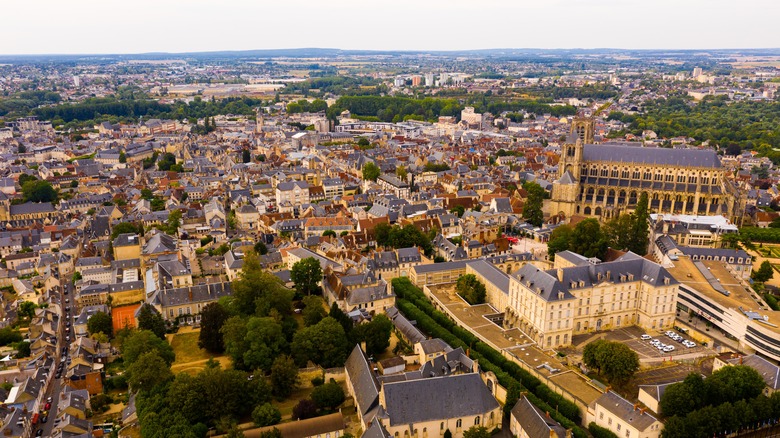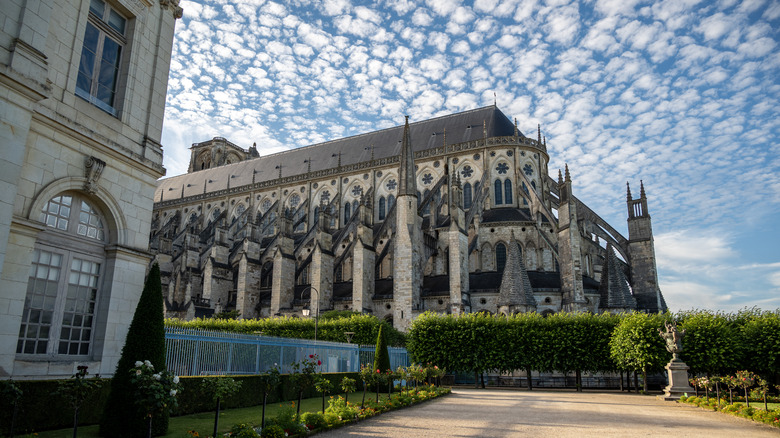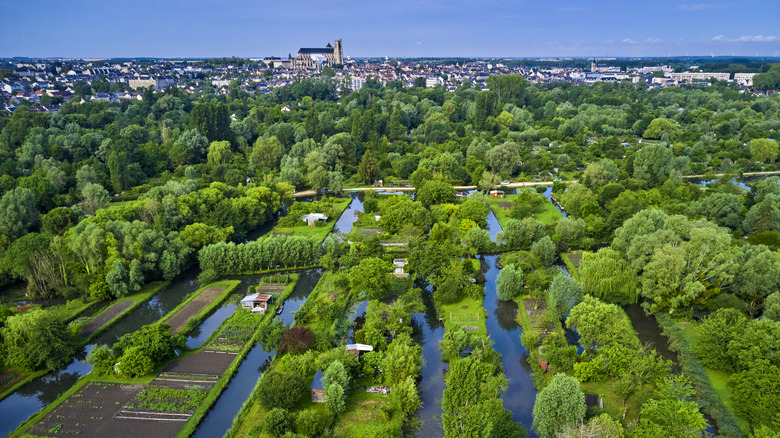France's Medieval 'City Of Art And History' Is Bursting With Awesome Museums & Cathedrals
There probably are a few countries in the world with more art and history than France, but it's up there with the most significant and interesting cultural destinations on the planet. France has an astonishingly rich tradition of painting, sculpture, and architecture, and has been at the center of European history for nearly 2,000 years. French artists grace the walls of galleries around the globe, and names like Charlemagne, Napoleon Bonaparte, Marie Curie, and Joan of Arc are famous all over the world. From the castles of the Loire Valley to the museums of Paris, France is, without a doubt, one of the most exciting countries in Europe.
So when a country like France classifies somewhere as a 'City of Art and History', it's worth sitting up and taking notice. And when that city was once the capital of the nation, with a history that stretches back to the fourth century BC, and boasts a UNESCO World Heritage Site at its center, you know this is somewhere that should be on your bucket list.
Bourges is the capital of the department of Cher and sits nearly at the center of France. It is around 150 miles from Paris, and reachable by car in just under three hours, while trains take two hours directly from Paris' Gare d'Austerlitz. Its central location means there are several international airports within a couple of hours drive, including Tours Val de Loire and Clermont-Ferrand Auvergne. These serve routes around Europe and North Africa, so transatlantic visitors may need to arrive to Paris-Orly, which is just over two-and-a-half-hours away by car.
Gothic cathedrals and winding medieval passageways
Bourges' beauty begins with its glorious and fabulously well-preserved historic center, dominated by the stunning magnificence of the Cathedral of Saint-Etienne de Bourges, a Gothic masterpiece and UNESCO World Heritage Site built between 1195 and 1255. It is one of the largest cathedrals in France, with remarkably beautiful stained glass bathing the long, vaulted nave in an exquisite pink glow. Around the cathedral the historic center spills out in a charming tangle of half-timbered buildings, narrow medieval alleyways, fountains, plazas, and covered markets. Nearby is the Palais Jacques Cœur, a gorgeous Gothic palace built in the 15th century.
As befits its status as a City of Art and History, Bourges is bursting with awesome museums. The Musee de Berry in the Hotel Cujas is an idiosyncratic look at the town's history, with a fantastic collection of coins, archaeological findings, and art, as well as several exhibitions looking at Egyptian and Etruscan culture. The Musee Estève in the Hôtel des Échevins holds the collections of Maurice Estève, a 20th-century French painter most famous for his abstract, stylized works. Bourges National History Museum houses Hans, the first naturalized French elephant who died in 1802. Finally, the Museum of Resistance and Deportation is a somber look at the profound effect World War II had on Bourges and on France generally.
When exploring the town, it is also worth keeping an eye open for the remains of the Gallo-Roman walls of Bourges. Built in the third century to protect the Roman province of Avaricum (or Biturigae) from barbarian invasions, these mighty fortifications can still be seen throughout Bourges. Over one-and-a-half miles of ruined walls remain, along with four gateways.
Marshes, gardens, and spring festivals
Bourges' culture and heritage isn't confined to its man-made environment. The marais (marshes) that surround the town at the confluence of the Yèvre and Voiselle rivers are classified as a French Natural Monument. Covered in wild gardens, orchards, and vineyards, it's a delightful place to stroll or bicycle around. The Prés Fichaux Gardens in the middle of town are another exquisite green space to discover, designed in geometric, Art Deco style.
There's a lively cultural events program as well, with the Printemps de Bourges music festival a highlight. It's one of the biggest music festivals in France and particularly well-known as a place to see emerging artists and superstars of the future. Alongside this huge gathering there are several lower-key but magical happenings, like Les Nuits Lumiere, a son y lumiere show that lights up the facades of the town every evening during the summer.
Thanks to these fantastic experiences, Bourges was chosen to be the European Capital of Culture for 2028, a fitting recognition of its fascinating history and traditions, and an accolade worth considering when putting together your European travel itinerary.


